Let's talk about how to use a DI box and a reamp box and what they are doing under the hood.
The best fuzz pedal ever made : the Tonebender
The Tonebender is undoubtedly my favorite vintage fuzz. What I mean is that each of the four major variants of the circuit bearing the Tonebender name ranks among my personal favorites. Like the Big Muff Pi, the Tonebender evolved over time—moving from one “Mark” revision to the next—without ever changing its name, even as it was sold to different brands and copied by less scrupulous manufacturers. Today, I offer you an overview of what I love most about these fuzz pedals while tracing their history through the four main variants of the circuit.
1. The birth of the Tonebender
The Tonebender was invented by Gary Hurst, an English amp technician and engineer, who at the time worked for Vox. Thomas Jennings, co-founder of the amp company, sent him to London to work on Elka organs before Gary joined Larry Macari’s Musical Exchange shop in 1965. Legend has it that session guitarist Vic Flick asked him to modify his Maestro Fuzztone so sustained notes would ring out longer. Instead, Hurst presented him with a brand-new pedal of his own creation: the very first Tonebender. True or not, the pedal was an immediate success, quickly adopted by influential bands like The Yardbirds, The Animals, and The Beatles.
That sound defined the British fuzz era. Early units had wooden enclosures before switching to metal, and used germanium transistors (the only option at the time), prized today for their unique sonic character. The Tonebender offered a thick, heavy tone with exceptional sustain—comparable to a Big Muff. A variant made by John Hornby Skewes, the Zonk Machine, swapped one germanium transistor for a silicon one.
2. The Secret Version
By 1965, new Tonebender versions started appearing in molded metal enclosures. While the forthcoming MK I was made of wood and folded metal, this version had a fully stamped enclosure. Its circuit was tweaked to resemble a basic radio receiver, and it used only two transistors instead of three. Produced for just one year and in limited quantities, this rare variant is often referred to as the MK I.V (1.5), as it slots between the first and second major versions. Though official documentation is scarce, it became the prototype for Dallas-Arbiter’s iconic Fuzz Face, which went on to have its own legacy.
Sonically, the MK I.V was cleaner than the original Tonebender. Its most notable feature? You could crank the pedal’s fuzz all the way, then roll back the guitar’s volume knob for a dynamic range from crunch to heavy fuzz. That real-time clean-up ability defines great fuzz designs. Hendrix famously used the Fuzz Face to push his Marshall amps to their limits.
3. Going Professional
In 1966, the Tonebender evolved into the MK II “Professional”, though earlier versions were hardly amateur-grade. It built on the MK I.V design by adding a third transistor for extra gain. Some MK I.V units were even upgraded to MK II spec. Marshall adopted the circuit in their Supafuzz, and others like RotoSound, Vox, and Elka followed suit. With more gain and a distinct midrange presence—almost vocal—this version was favored by Jimmy Page, who reportedly switched from MK I to MK II for most Led Zeppelin tracks. Personally, the MK II ranks alongside the original as my top Tonebender variants.
4. The third time is the charm
At the end of the 1960s, the Tonebender got a further upgrade: it added a bass/treble tone control and a newly designed circuit to stabilize temperature-sensitive germanium transistors. Back then, each transistor had to be hand-selected to ensure tone and reliability; weaker units were discarded. The result was the MK III, the highest-gain model of the four. Paul McCartney and Jimmy Page both used it, and more recently the band Little Barrie has kept the legacy alive. Interestingly, the tone knob operates in reverse—treble is on the left, bass on the right—a small nod to the name “Tone Bender” (T/B). This setting tends to scoop the bass like a Big Muff does. The MK III is a solid choice for those seeking a David Gilmour-like sound but without reaching into Big Muff territory.
5. From Germanium to Silicon and beyond
In the early '70s, silicon transistors became widespread. More stable than germanium and much cheaper, they didn’t require hand-sorting and were less prone to temperature issues. So naturally, the Tonebender MK III morphed into the MK IV, the main change being the use of silicon transistors for a sharper, more cutting tone. There was also a “Supa” version with a circuit based on the Big Muff Pi Ram’s Head, later modified into a “Jumbo” version, and reissued in the ’90s—sometimes even with an op-amp-based circuit. Today, Macari’s Musical Instruments continues to produce the Tonebender as a tribute to its vintage versions—though its beauty comes with a matching price tag. Finding an original model will likely set you back around €1000 for a working unit on eBay or Reverb—and there’s always the risk of scammers. You can order a unit directly from Macari, but Brexit-related import taxes and shipping costs often negate any savings. Plus, choosing the right revision for you means an in-store visit—if you can even find one.
I’m utterly obsessed with Tonebenders—all four variations have their unique voices. My quest has been to replicate all of them in one pedal: the All‑Bender. Starting from a hand-selected germanium transistor prototype, I’ve recreated each revision using silicon transistors to maintain that vintage tone—without the downsides: sensitivity to temperature and voltage, high noise, expensive and finicky parts. As a bonus, every version cleans up via the guitar’s volume knob. Mission accomplished? Tell me what you think!



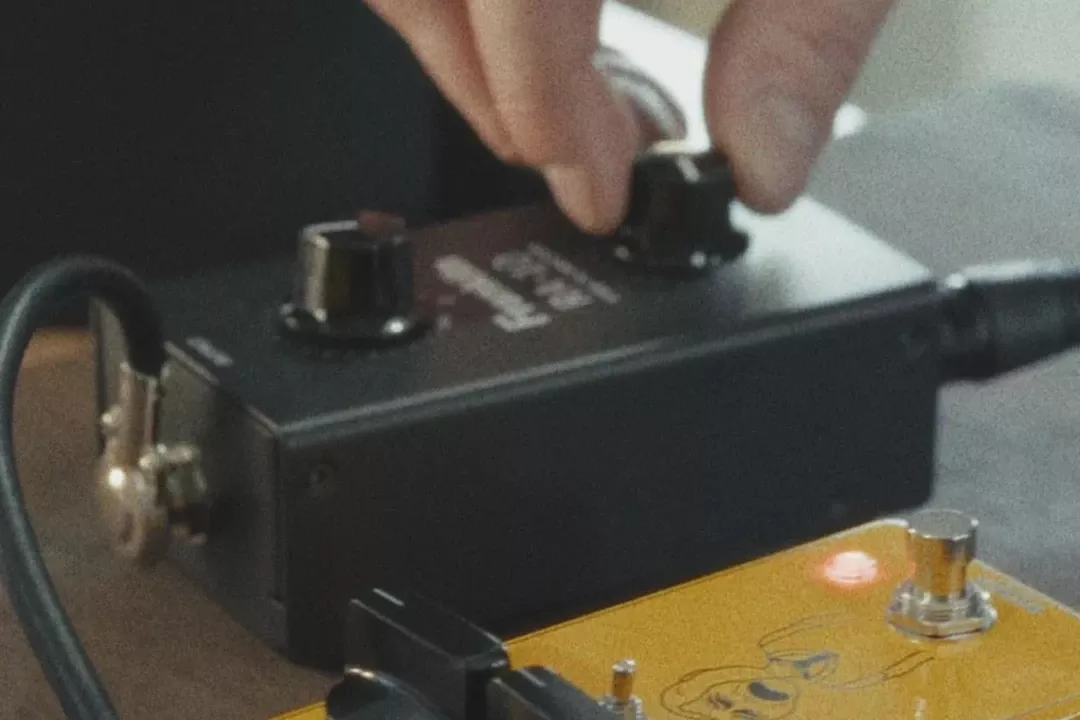
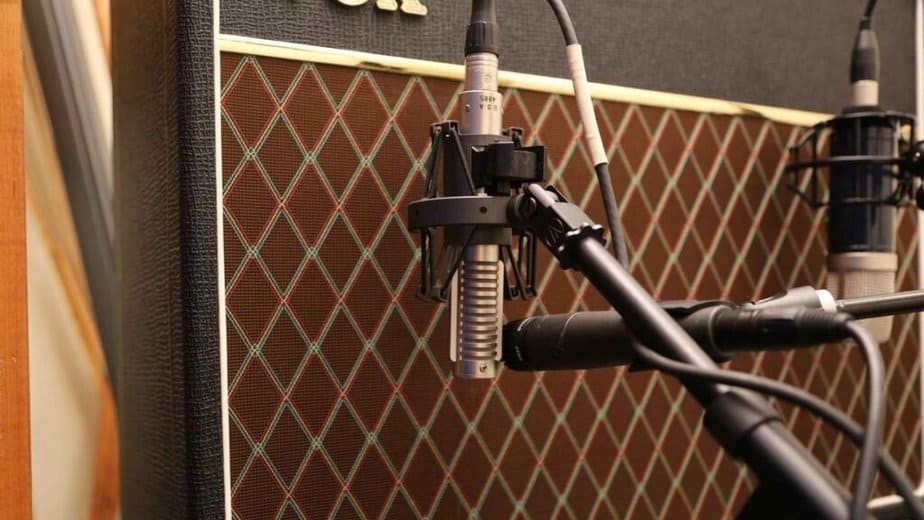
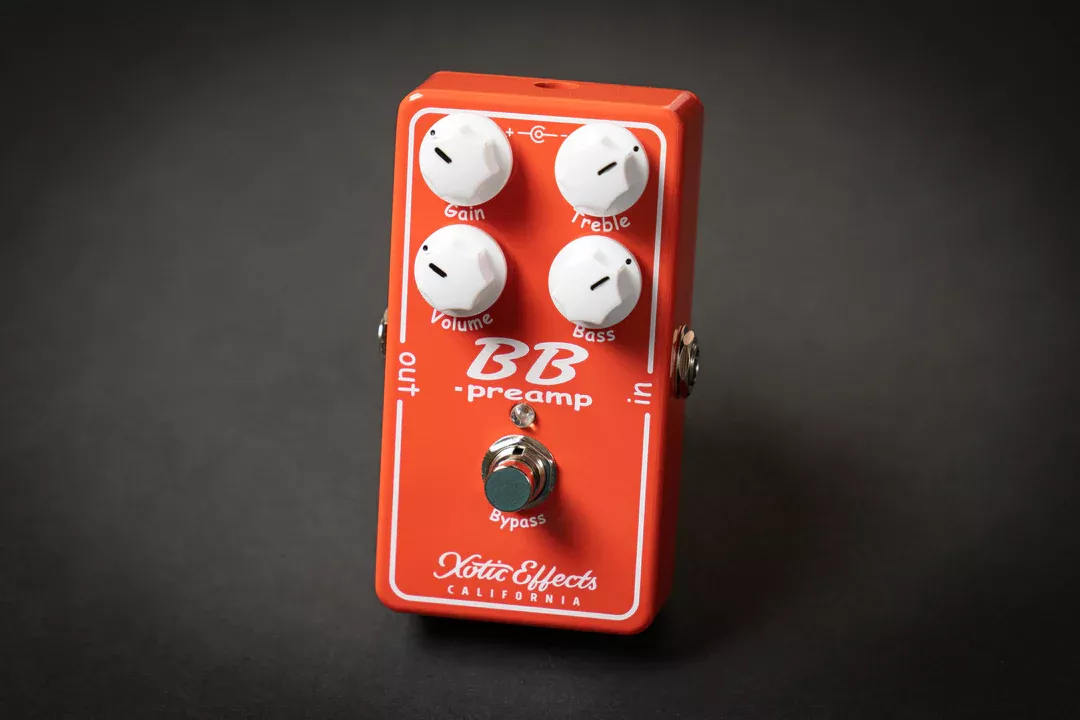
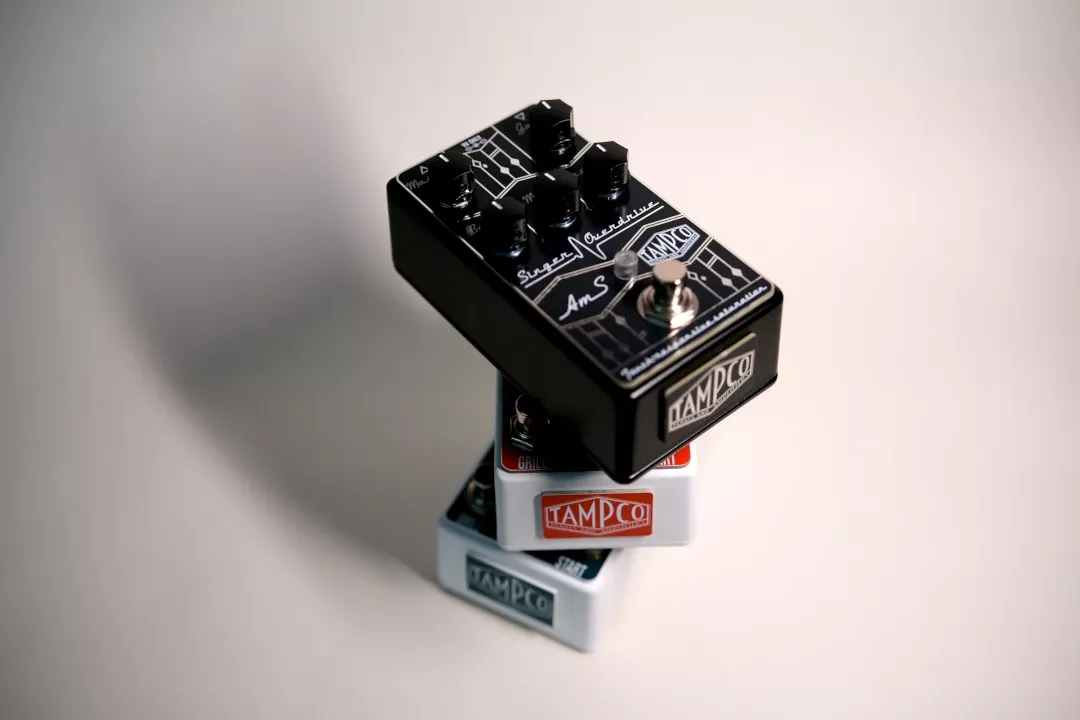
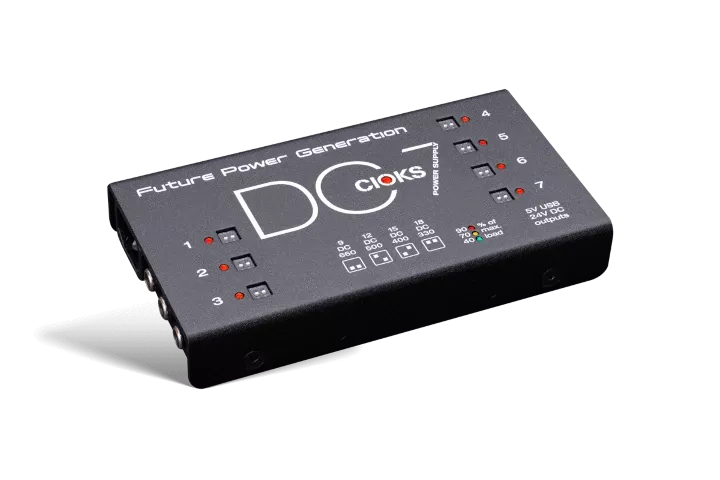
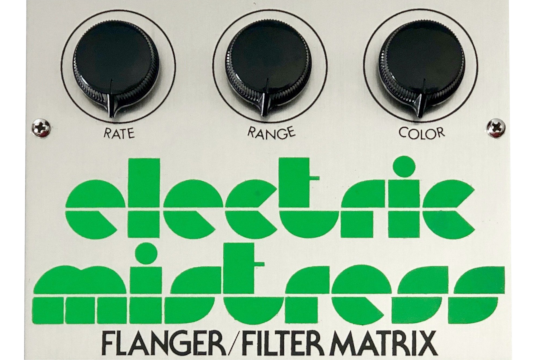
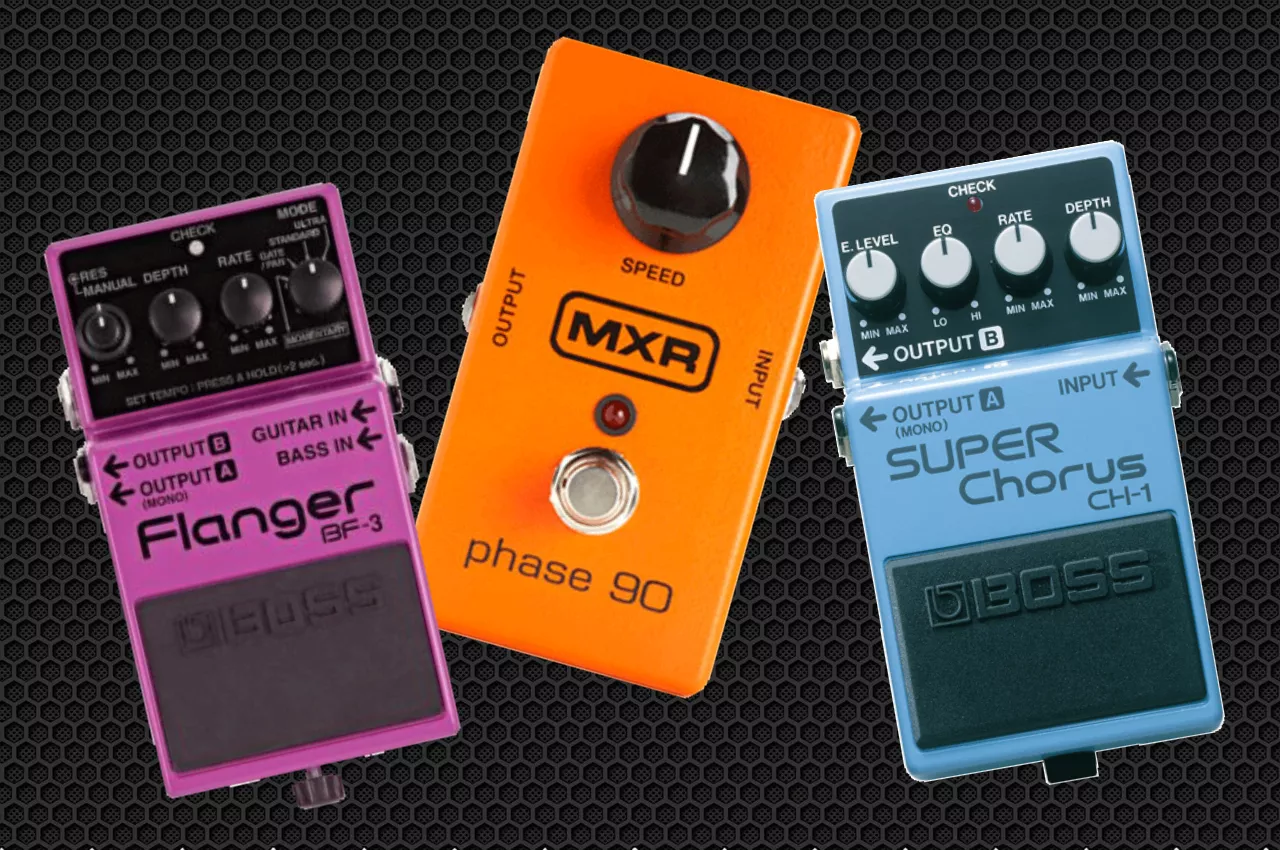
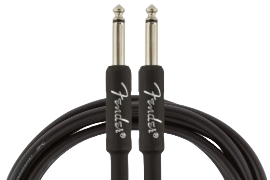
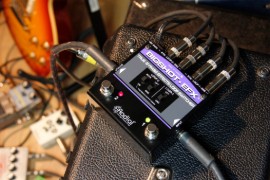
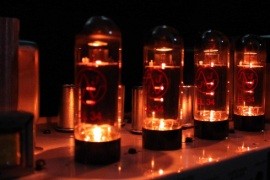
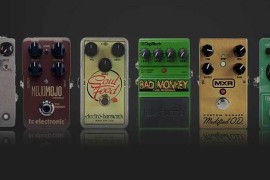
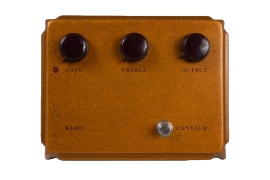
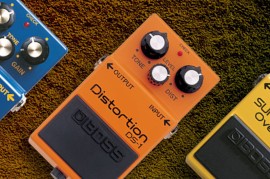
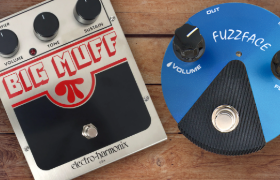
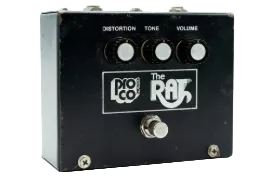
Leave a comment